In the first installment of this investigation, we talked about the relationship between the archaeological area of Pompeii and the surrounding area, noting how the media boom following the 105 million of the Great Pompeii Project has not led to increased interest in the local and Campanian public. In this second installment we will go into more detail about the communication strategies adopted, speaking with Pompeianist and non-Pompeianist archaeologists, then focusing on what is not being told about the Park: maintenance costs and long-term planning.
Pompeii shock
Communication was perhaps the aspect that most resoundingly changed with the new direction of Massimo Osanna, which began in 2014. Laspect that has enshrined a success, a change of pace, in terms of media impact and ticket sales, and that only in recent months, with articles in this and other newspapers, has drawn public criticism. But what, in detail, does this media approach consist of?
In short, by borrowing terms and language from other worlds, particularly the world of film, Pompeii Park has managed in recent years, at a cadenced pace, to get into all the newspapers, including international ones, with new discoveries. Usually the announcement is given exclusively by ANSA, so other newspapers and journalists have to decide whether to stick to that launch or wait for the Park’s press release that is published in the following hours. Dwelling only on the headlines of ANSA launches we can recall, for example,the last escapee, thesorceress’s treasure,Pompeii in red light, the lyscription that changes history, as well as the most recentstreet food store. To these titles must be added hypotheses taken for granted (a servant and his master; a thief) by the Park’s management despite the absence of evidence, all to create a captivating and emotional narrative. In all likelihood, this helped concentrate the growth of tourist flows in the five-year period 2014-2019 on thearchaeological area ofPompeii, leaving the other four visitable sites afferent to the Park with only crumbs, as we will see in the third part of this investigation. Pompeii, archaeology student and local activist Laura Noviello told us in the first part of this inquiry, is in the collective imagination, and the history of archaeology itself has gone hand in hand with that of the site. Sensationalism results in a trivialization of often already well-known content that would instead need in-depth study, and the risk of taking away space from peripheral sites that deserve more attention.
In fact, larcheology was born in Pompeii and larcheology is Pompeii in the popular imagination: how many times have you read about a little Pompeii about archaeological finds that had nothing to do with Pompeian reality? From 1748 to the present, however, the discipline has made enormous strides, moving beyond the phase of beautiful discoveries into the study of material culture tout-court. It was precisely in the 1970s, when larcheology gave itself a more scientific modus operandi based on standard procedures, that it had to build on thePompeian premiseand recognize that Pompeii is unicum, an exception that does not represent the discipline of archaeology. But while this is now clear among insiders, it is much less so for the public.
This creates a problem in particular for those involved in archaeology outside of Pompeii. Ester Lunardon is an archaeologist and activist with the association Mi Riconosci, which has criticized the Park’s communication line at several times. According to Lunardon, the most critical point of Pompeii’s communication is one in particular: By making people believe that intact is synonymous with extraordinary, with important, she explains, we do serious damage to archaeology, distorting people’s view of the subject. Many relevant or exceptional archaeological discoveries are related to minimal traces or fragments. Those on construction sites know this; often the ordinary people one deals with have the feeling that larcheologists are making up the importance of the find, perhaps a row of stones or a dirt road, because they have images of intact painted elevations in their minds. But larcheology is much more, and it has a duty to explain it, in simple, effective language, but without harmful shortcuts.
These are not doubts proper only to those who are not Pompeianists. For Luciana Jacobelli, an archaeologist who has worked in Pompeii for about thirty years, tying her name to the excavation of the suburban baths, Pompeii is a dream for every archaeologist, it is a context where almost intact structures can be found everywhere, where the lapilli exceptionally preserve the paintings. Precisely for this reason, however, every new excavation, rather than being aimed at providing sensational finds to the newspapers, should be included in a path of maintenance, preservation and enlargement of our historical archaeological knowledge. Moreover, he adds, these news launches have not been accompanied by scientific publications, but only by short reports, which do not allow archaeologists around the world to get their own idea of the context based on the available data. Hardly the painting of a rooster found in Pompeii, after 270 years of excavation, in and of itself can give anything to archaeological research: in Pompeii, it would be far more sensational to find nothing, than to find environments and structures already known in abundance. During our phone conversation, Jacobelli points out a fact that struck her during the documentary Pompeii: Ultima Scoperta, which aired on Dec. 27 and was at the center of controversy over the choice of a French production that excluded RAI. The documentary aired moments of fake archaeological excavation, for the use of cameras, in which newly found intact objects were extracted from the lapilli without having them documented and photographed: an act that no archaeologist, and we are sure not even Massimo Osanna, would ever perform, and which Jacobelli compares to the fake excavations set up in the 18th century by the Bourbons on the occasion of diplomatic visits. Images that certainly do not help the public understand the job of the archaeologist.
Another aspect is clear in Noviello’s and Lunardon’s analysis: by calculating on the relevance of Pompeii, which already has a media advantage over all other sites because of the history and nature of the site, one ends up taking away the breathing space and visibility of sites that are less well-known but no less relevant to the history of Italy and Europe. Sites where a photograph is often not enough to excite the reader, but which are able to tell stories and help the public unravel the complexity of human societies of the past. I believe that sites with high media visibility should help the discipline, and I fear that instead they hinder it in this way, Lunardon concludes.
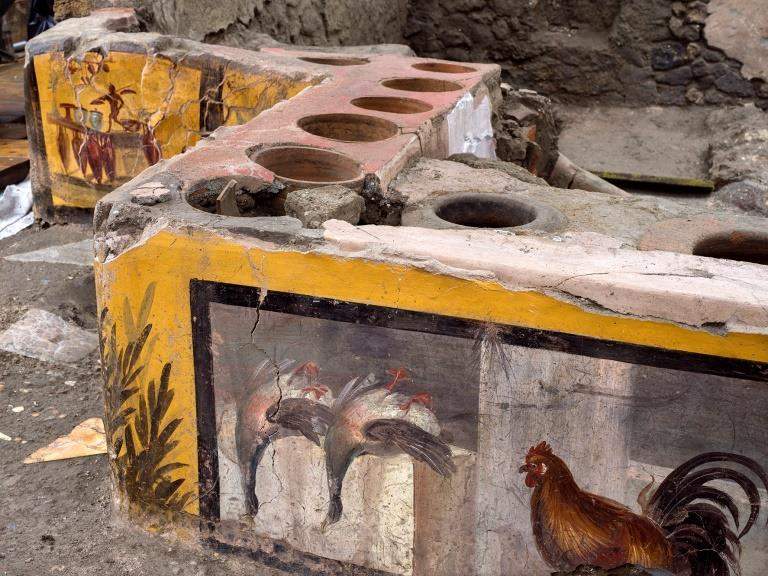 |
| The thermopoly discovered in 2019. Ph. Pompeii Archaeological Park |
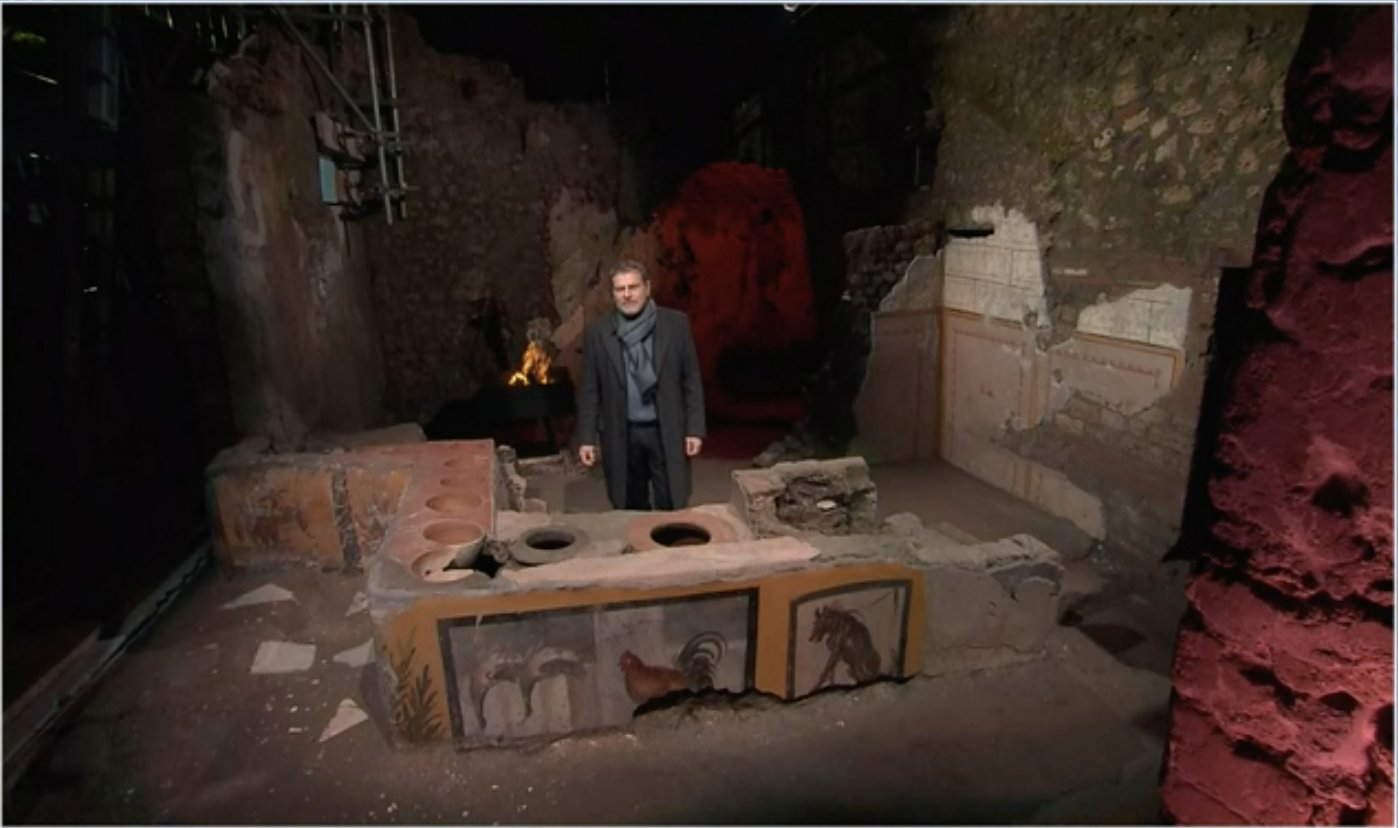 |
| Massimo Osanna reporting on January 17, 2021 on Rai Tre(Che tempo che fa) from the thermopolis discovered in 2019 |
 |
| Pompeii Archaeological Park. Ph. Credit Laura Noviello |
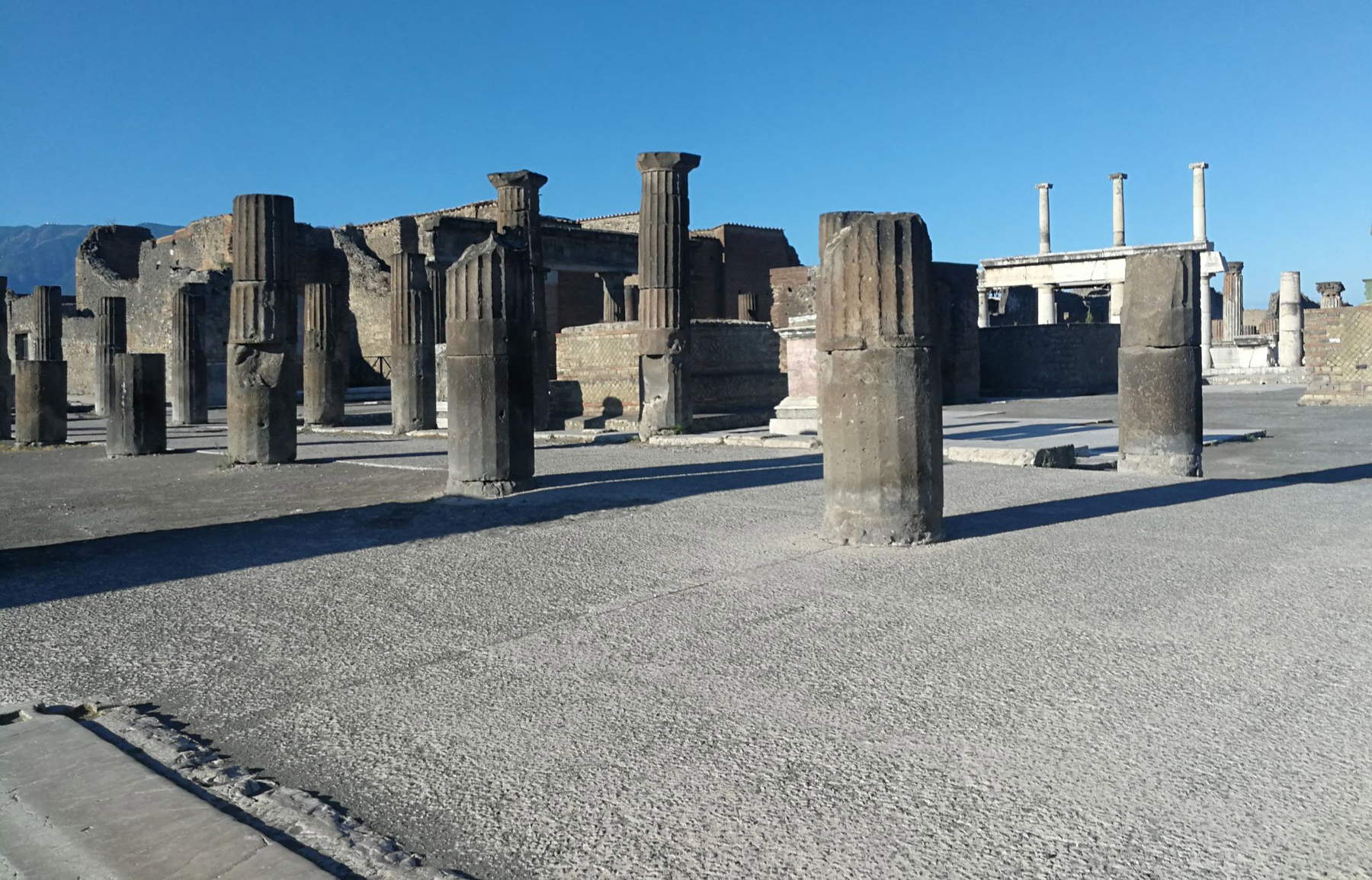 |
| Pompeii Archaeological Park. Ph. Credit Laura Noviello |
The unresolved knots
There is another aspect that the muscular communication conducted by the Park in recent years has left in the shadows: that of the maintenance of what has been excavated. In the 1990s, Luciana Jacobelli again explains, excavations had stopped because there was insufficient money to guarantee the maintenance of what had already been excavated. Of the maintenance, which had also ended up in the newspapers between 2013 and 2014 for a series of restorations awarded at a discount of more than 50 percent (the first of the era of the Great Pompeii Project) which the prosecutor’s office had investigated, also highlighting probable Mafia infiltration, very little has been said in recent years. Carlo, the Pompeii debater we met in the first part of theinvestigation, explains that Hosanna has gone to great lengths to put an end to old dynamics, and that he is to be credited with building an image of Pompeii that is efficientist as a huge construction site. He has imposed a different slant. But those who frequent the site know that Pompeii is in constant danger of degradation; in a few months or years the writing we see in the open air today can disappear. We have a great responsibility to future generations.
Pompeii is indeed a site that needs substantial funds to maintain: 44 hectares excavated in open air. The money from the Great Pompeii Project, as mentioned, has run out. The park certainly has significant revenues: in 2019, revenues related to the archaeological area had reached 41 million euros, enough for good planning. But between operating costs and shares to be ceded to concessionaires, the Park is left with much less: for catering and cafeteria services (more than 2 million euros) everything remains with the concessionaire, and even for audioguides, pre-sales, guided tours and bookshop services about 90 percent of the funds go to third parties. For ticketing, the share is lower and about 70 percent remains with the Park, but at this stage online ticket sales are being encouraged, as we know. In fact, the Great Pompeii Project funds, according to the original indications, were not to be spent on new excavations but on restoration, securing and enhancement. Is there any planning to preserve all that is being excavated?
Photos of Leda and the swan, brought to light in 2019, are appearing on social media, exposed to the sun’s rays for several hours a day and covered only by a sheet of metal, while transennas continue to characterize large parts of the site that cannot be visited and away from the spotlight. Not only that: for thePompeii for Alltrail, built with funds from the Great Pompeii Project, which increased to more than three kilometers the part of the park accessible to visitors with mobility difficulties, hydraulic lime was used in several places to smooth out non-basement roads. While the noble intent is undoubted, the widespread intervention using such materials has greatly altered the face of the archaeological area, similar to what happened recently at theAcropolis of Athens, another target site of choice for mass tourism. There is a doubt that the funds, spent with great success on the excavations of Regio V and now finished, could have been used for interventions that had inherent greater foresight. And we will deal with this in the third part of this investigation.
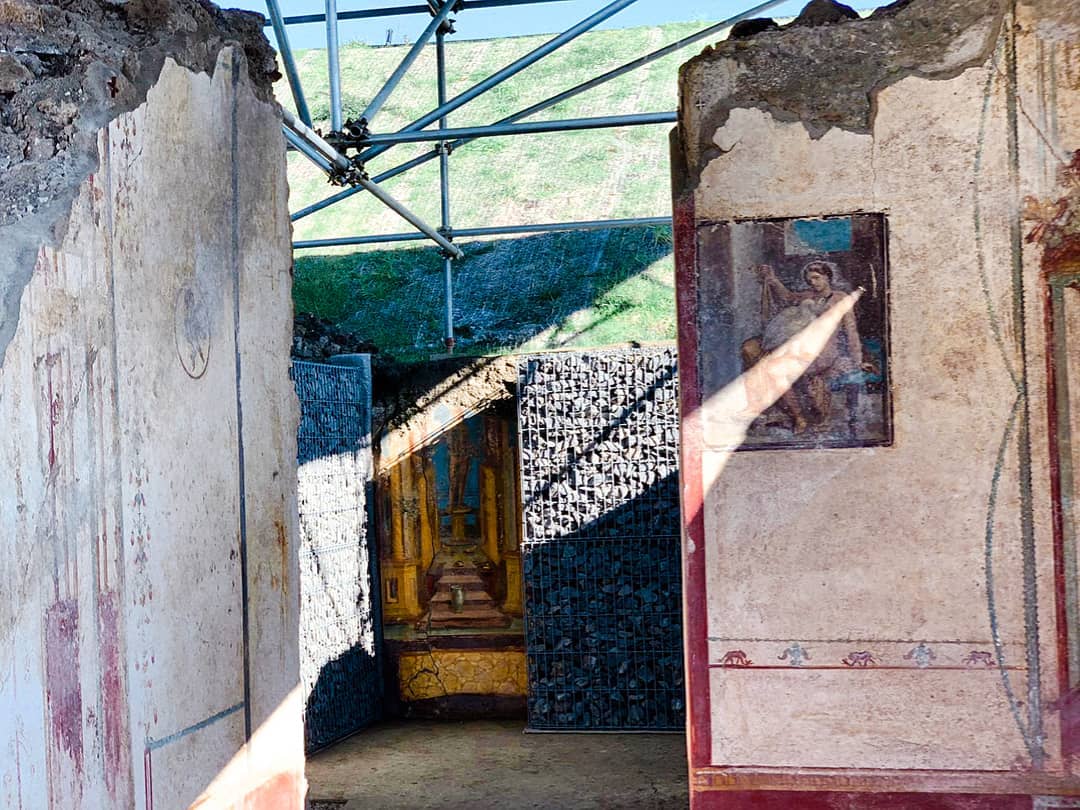 |
| The fresco with Leda and the Swan in the Sun. Ph. Credit Giuseppe Di Leva |
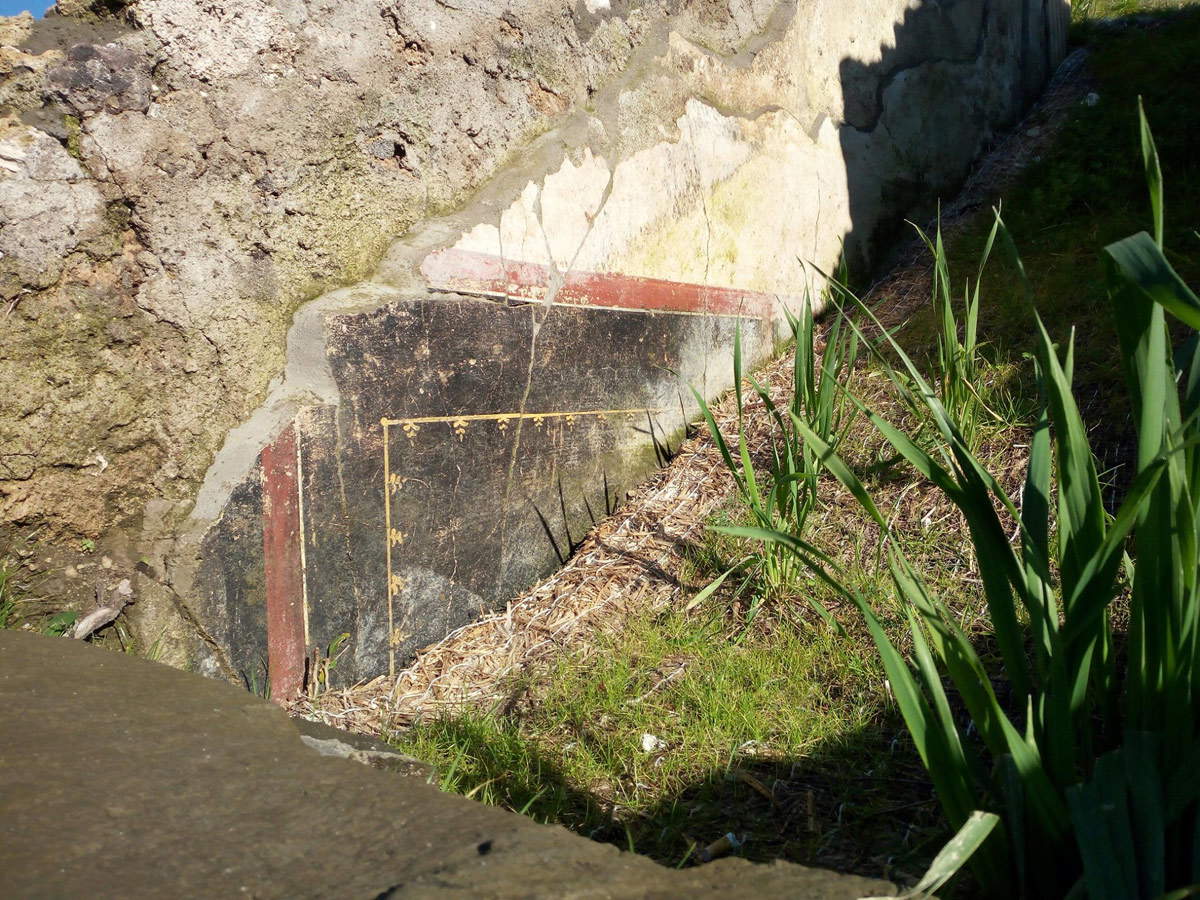 |
| Wall paintings in the sun. Ph. Credit Giuseppe Di Leva |
 |
| Transennas in Pompeii. Ph. Credit Laura Noviello |
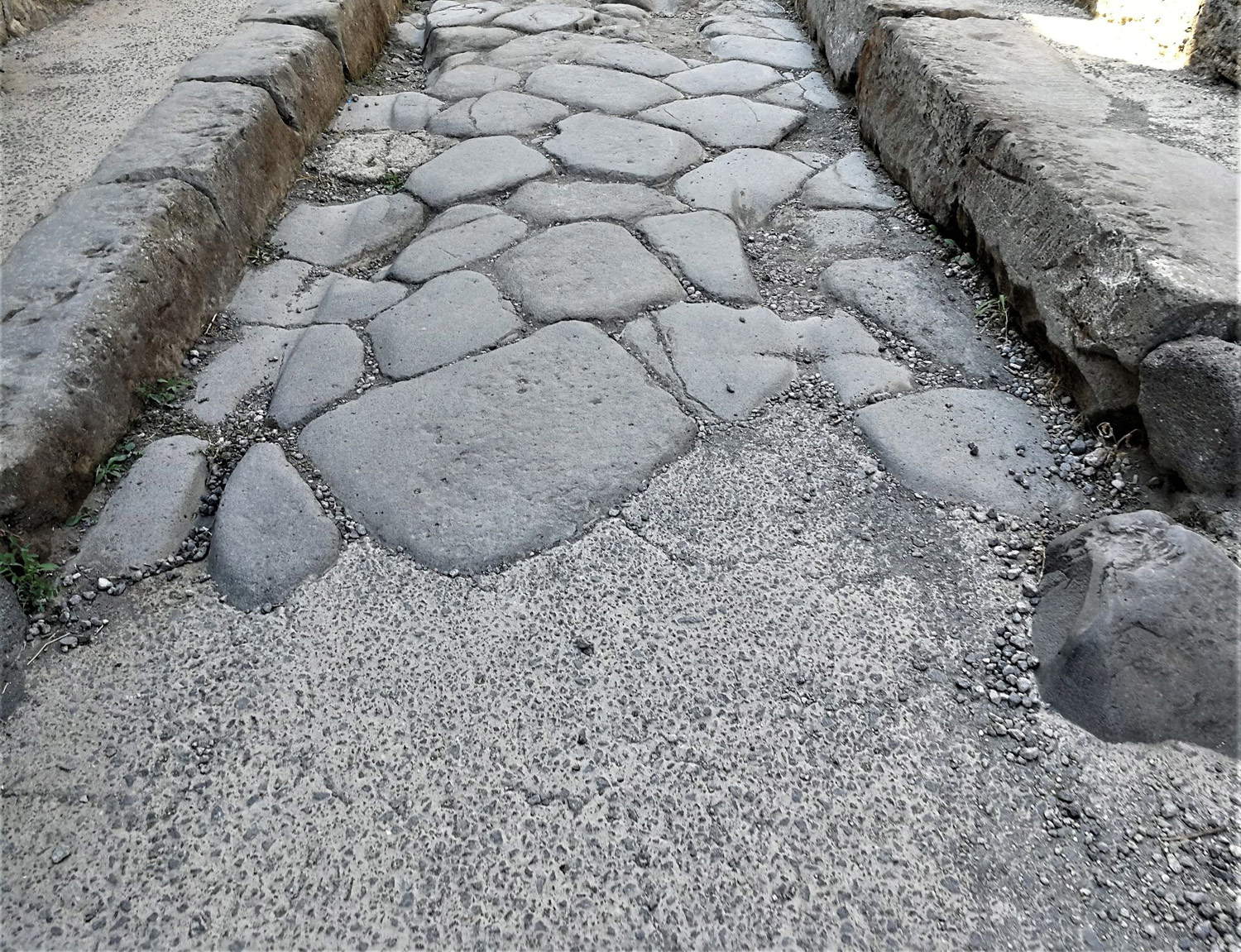 |
| Basolato and lime. Ph. Credit Laura Noviello |
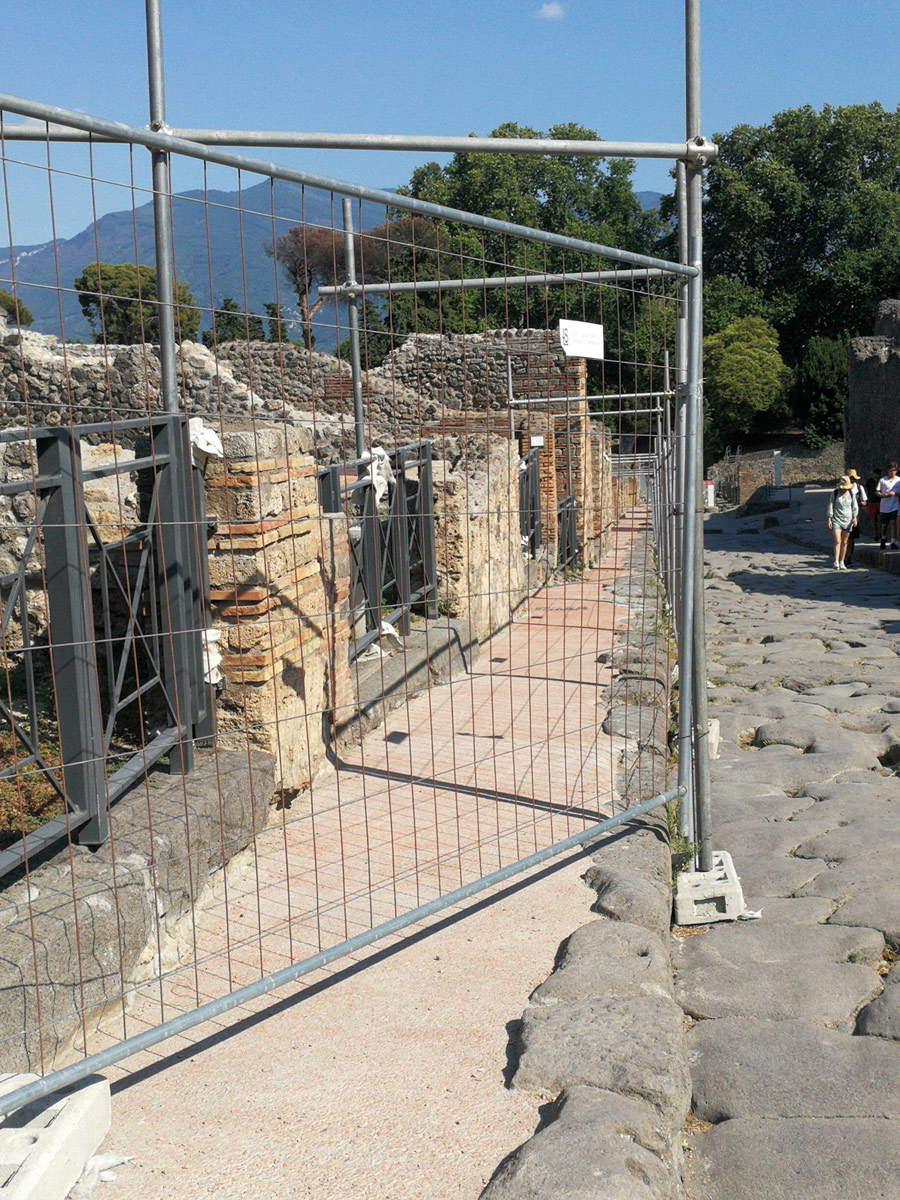 |
| Transennas in Pompeii. Ph. Credit Laura Noviello |
Warning: the translation into English of the original Italian article was created using automatic tools. We undertake to review all articles, but we do not guarantee the total absence of inaccuracies in the translation due to the program. You can find the original by clicking on the ITA button. If you find any mistake,please contact us.